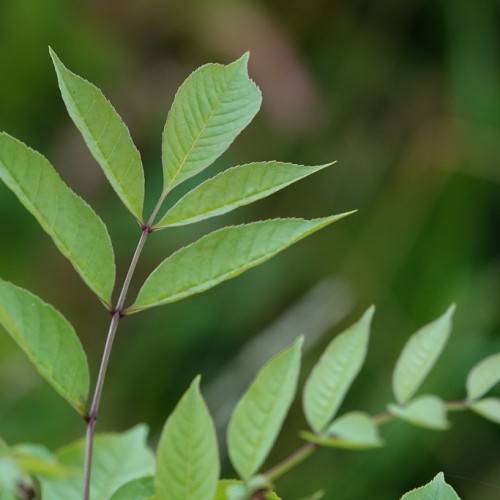
European ash
Fraxinus excelsior
Cycle:
Perennial
Watering:
Average
Hardiness Zone:
5 - 7
Flowers:
Flowers In Spring
Sun:
Full sun
Soil:
Well-drained
Fruits:
Fruits In Autumn Ready In Fall
Leaf:
Yes
Growth Rate:
High
Maintenance:
Moderate
Drought Tolerant:
Yes
watering
European ash should be watered during the growing season, typically in spring and summer, depending on the climate. The plant needs approximately 1 inch of water per week to maintain a steady growth rate. In order to provide that amount of water, water thoroughly once a week when the first inch of soil feels dry. This ensures that the entire root system is saturated. During periods of extreme heat, the frequency of watering should be increased. The European ash responds well to deep, infrequent watering, so avoid overwatering.
sunlight
European ash trees generally need at least 4-6 hours of direct sunlight in order to thrive. Optimal sunlight results in strong, healthy growth with lush foliage. The time of day is not overly important, so much as the amount of direct sunlight. Ideally, European ashs should receive full-sun exposure during the summer and lesser amounts of direct sunlight in the cooler months. In addition, direct sunlight should be concentrated during the early and late parts of the day in order to minimize stress during the hot, mid-day hours.
pruning
European ash can be pruned at any time of year, although the best time to prune is usually in late winter or early spring. Pruning should be light, with only small branches and suckers removed to encourage strong and healthy growth. Generally, about 1-third of the larger branches should be pruned at each session, and aim to remove any dead, damaged or diseased wood first. Pruning should never be too severe, as this can potentially weaken or harm the tree.
